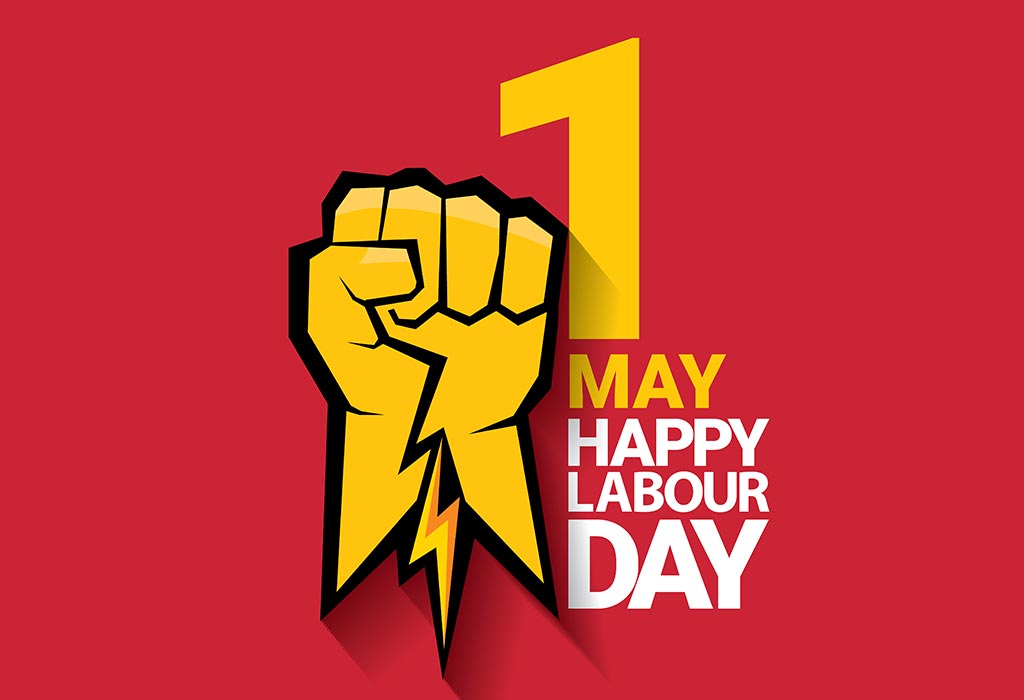May Day: Exploring Its Origins, Evolution, and Significance May Day: From Ancient Roots to Modern Movements - An Exploration of Its Origins, Evolution, and Significance in Cultural, Social, and Political Contexts.

May Day, celebrated on the first day of May each year, holds a significant place in various cultures around the world. Moreover, this day, often associated with springtime festivities, has deep historical roots and has evolved over centuries to symbolize different ideologies, struggles, and celebrations. In this essay, we will explore the origins, evolution, and significance of May Day celebrations, delving into its cultural, social, and political dimensions.
Origins of May Day:
The origins of May Day can be traced back to ancient times when it was celebrated as a spring festival, marking the transition from winter to spring. In many cultures, including the Celtic and Germanic traditions, May Day was a time to celebrate fertility, renewal, and the abundance of nature. Activities such as dancing around the Maypole, crowning a May Queen, and gathering wildflowers were common practices during these festivities.
The Roman festival of Floralia, dedicated to the goddess Flora, also played a role in the development of May Day celebrations. Floralia, celebrated in late April to early May, honored Flora as the goddess of flowers and fertility, with rituals involving floral decorations, dancing, and feasting.
Christian influences later merged with these pagan traditions, leading to the adoption of May Day as a Christian holiday known as “May Day” or “Roodmas.” In medieval Europe, Labour Day became associated with the Feast of St. Walpurga, celebrated on May 1st to honor the Christian saint known for her healing powers and protection against magic.
Evolution of May Day Celebrations:
The industrial revolution in the 19th century brought significant changes to the nature of May Day celebrations. Consequently, as workers faced harsh working conditions, long hours, and low wages, labor movements emerged to advocate for better rights and working conditions. Subsequently, May Day became intertwined with the labor movement, serving as a day to rally for workers’ rights and solidarity.
One of the pivotal events in the history of Labour Day is the Haymarket affair, which occurred in Chicago in 1886. On May 1st, labor activists organized a general strike to demand an eight-hour workday. The peaceful protests turned violent when a bomb exploded during a labor rally in Haymarket Square, resulting in casualties and arrests. The Haymarket affair galvanized the labor movement and elevated LabourDay as an international day of workers’ solidarity and protest.
Significance of May Day:
May Day holds different meanings for different people and communities. For some, it is a time of celebration, marking the arrival of spring and the renewal of life. For others, especially within the labor movement, it is a day to honor the struggles and sacrifices of workers throughout history and advocate for social and economic justice.
In many countries, Labour Day is recognized as a public holiday, with workers taking to the streets to participate in marches, rallies, and demonstrations. These events highlight various labor issues, including fair wages, safe working conditions, and workers’ rights. Labour Day also serves as a platform for solidarity across different sectors of society, bringing together workers, activists, and advocates for social change.
Exploring the Global Impact of May Day Celebrations:
Beyond its origins and evolution in Europe and North America, Labour Day has also left an indelible mark on cultures and societies across the globe. From Asia to Latin America, Africa to the Middle East, Labour Day is celebrated in various forms, each reflecting the unique history, struggles, and aspirations of different regions.
In Asia
May Day holds particular significance as a day to commemorate the labor movement and advocate for workers’ rights. Countries such as China, India, and Indonesia observe Labour Day with large-scale rallies and demonstrations, where workers from diverse sectors come together to demand better working conditions, fair wages, and social protections. In China, people celebrate May Day as a national holiday called International Workers’ Day. They mark it with official ceremonies, parades, and cultural performances.
In Latin America
May Day is deeply intertwined with the legacy of labor activism and social justice movements. Countries like Mexico, Argentina, and Brazil recognize Labour Day as a public holiday, with workers and trade unions organizing marches and protests to address issues such as poverty, inequality, and labor rights violations. In some cases, May Day celebrations in Latin America also serve as a platform to advocate for broader social and political reforms, including land rights, indigenous rights, and environmental sustainability.
Across Africa
May Day is celebrated with a mix of cultural traditions and labor activism. Additionally, in countries like South Africa, Nigeria, and Kenya, workers’ unions and civil society organizations use Labour Day as an opportunity to raise awareness about labor rights, gender equality, and economic empowerment. Furthermore, Labour Day celebrations often include speeches, music, and performances that highlight the contributions of workers to society and call for greater solidarity and unity among different segments of the population.
In the Middle East
In the Middle East, May Day reflects complex politics and society. Countries like Lebanon, Iraq, and Palestine face unique challenges: conflict, displacement, and economic instability. On this day, workers voice grievances and demand social justice amid adversity. In countries like Lebanon, Iraq, and Palestine, workers face unique challenges related to conflict, displacement, and economic instability. May Day provides a moment for workers to voice their grievances, demand dignified employment opportunities, and advocate for social justice in the face of adversity.
Conclusion:
May Day stands as a testament to the resilience and collective strength of workers and communities around the world. Transitioning from its ancient roots as a spring festival to its modern-day significance as a day of labor solidarity, Labour Day continues to evolve and adapt to the changing social and political landscape. As we celebrate May Day each year, let us reflect on the struggles of the past, honor the achievements of workers, and renew our commitment to building a more just and equitable society.




